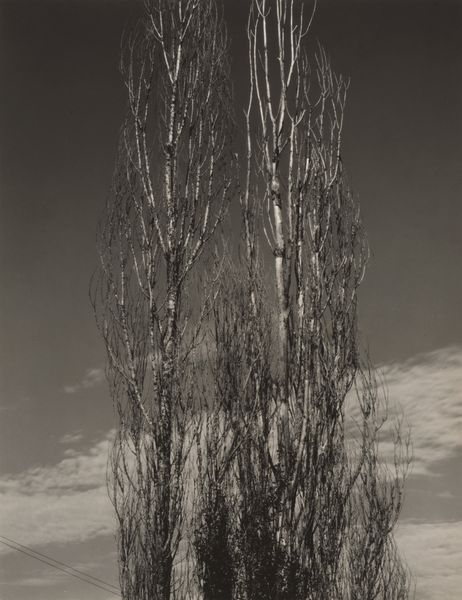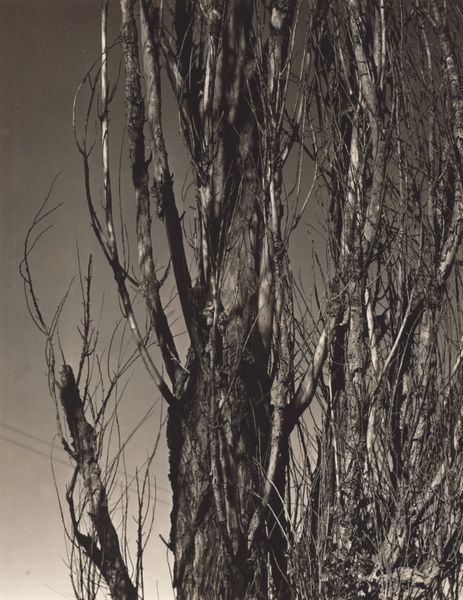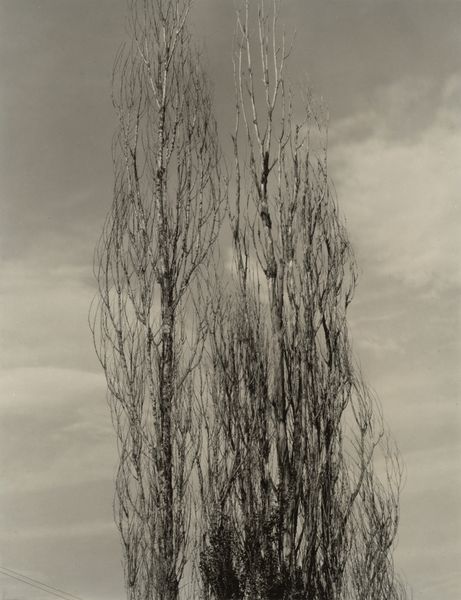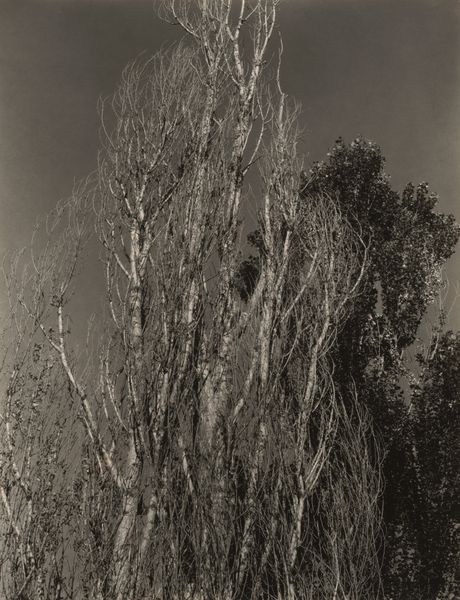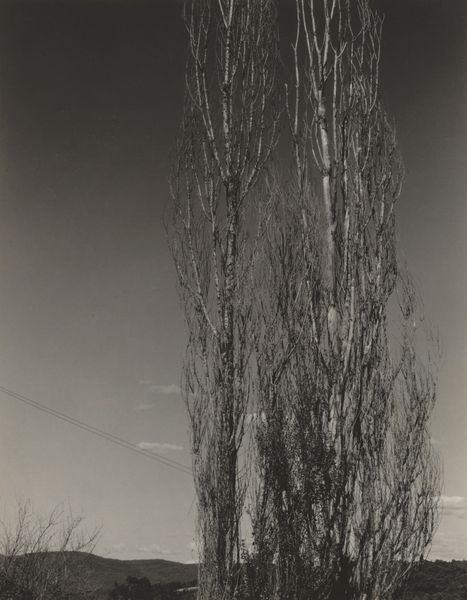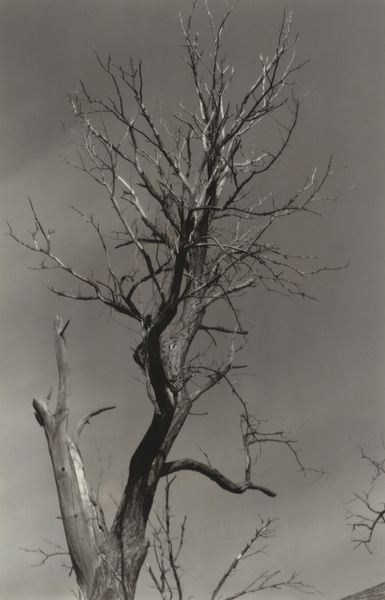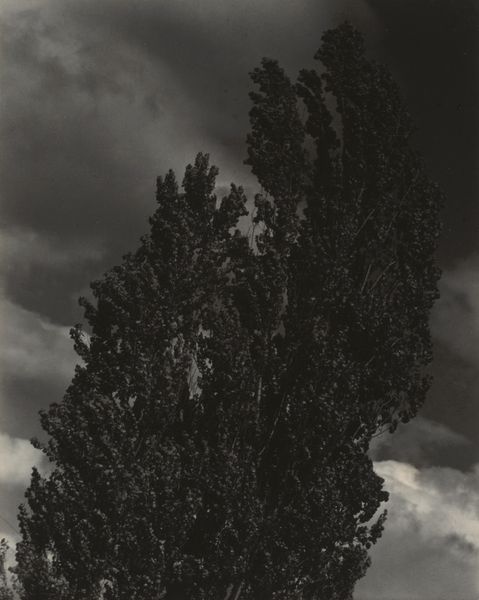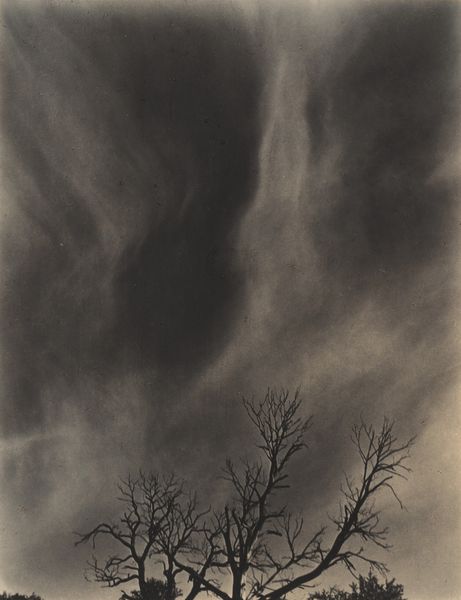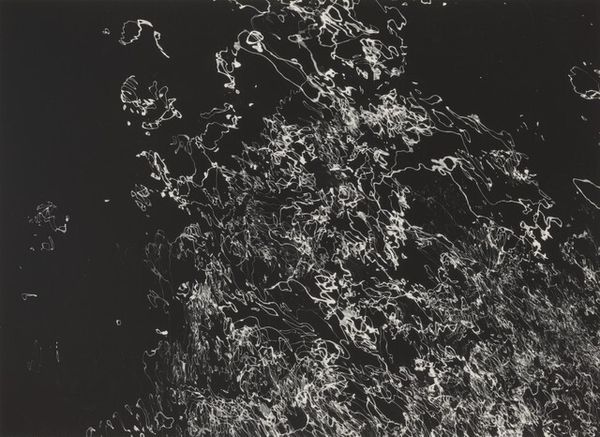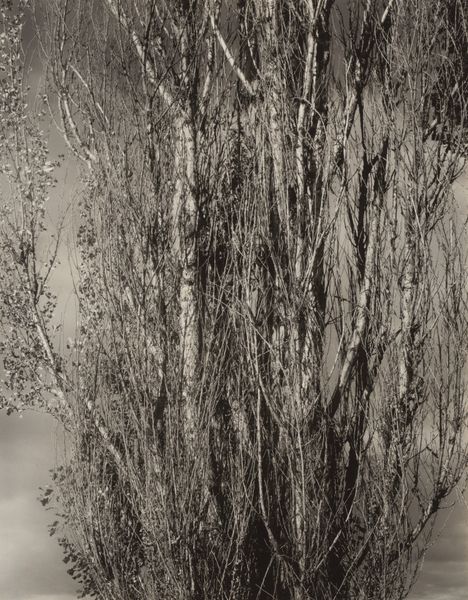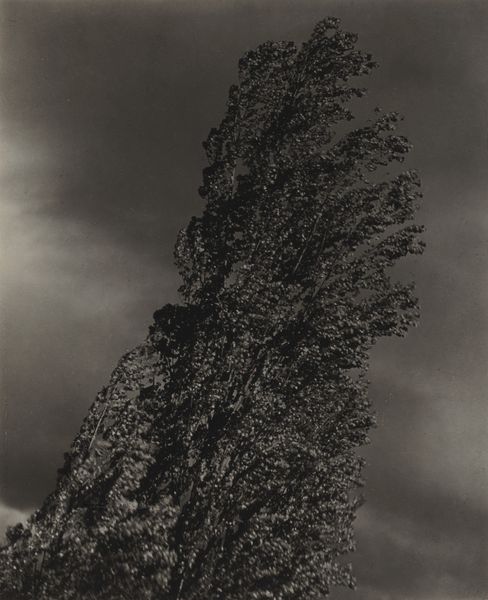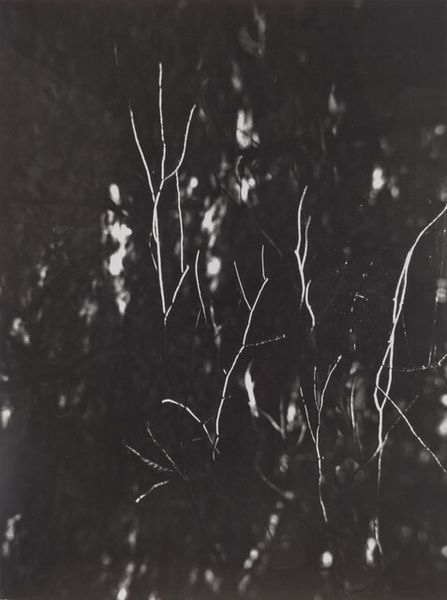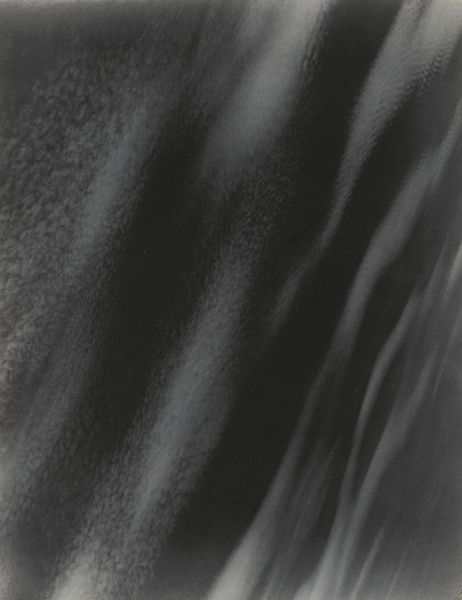
photography
#
landscape
#
photography
#
realism
#
monochrome
Dimensions: sheet (trimmed to image): 11.5 × 8.6 cm (4 1/2 × 3 3/8 in.) mount: 31.65 × 25.2 cm (12 7/16 × 9 15/16 in.)
Copyright: National Gallery of Art: CC0 1.0
Editor: So this is "Poplar—Lake George," a 1936 photograph by Alfred Stieglitz. The starkness of the monochrome really highlights the textures of the bare trees. What strikes you most about this image? Curator: Immediately, I’m drawn to the process, to how Stieglitz physically realized this image. Think about the labor: the camera he used, the development techniques of the time. It wasn't just about seeing the trees, but about a whole chain of production, transforming the landscape into this object for consumption. Editor: That’s a really interesting way to look at it. So, you're focusing on the nuts and bolts of its creation? Curator: Precisely. Consider, too, the social context. Photography in the 1930s was rapidly evolving, becoming more accessible, more democratic, you might say. How does this accessibility affect our understanding, our consumption, of "high art"? Stieglitz straddles those boundaries, doesn't he? Editor: Absolutely. The average person probably wasn't using Stieglitz's techniques, so there's a disconnect in terms of accessibility... Curator: And what about the 'Lake George' aspect? Landscape photography, especially of recognizable locales, participates in a long tradition of shaping ideas about nature, wilderness, even nationhood. Editor: That's making me rethink my initial viewing of it. It’s easy to see just a pretty picture of trees, but it's much more layered. Curator: Exactly. We are conditioned to forget the conditions that allowed its production, or what it represents in terms of both aesthetics and wider social forces. So much of how we value photography centers around how it was made accessible and popular! Editor: I guess it makes you more aware of your own consumption when you consider what went into making the art, not just what the artist intended. Thanks, that really changes my view of the photograph. Curator: Indeed! By paying attention to material processes, we ground ourselves and maybe glimpse beyond those traditional, and limited, notions of "art."
Comments
No comments
Be the first to comment and join the conversation on the ultimate creative platform.
